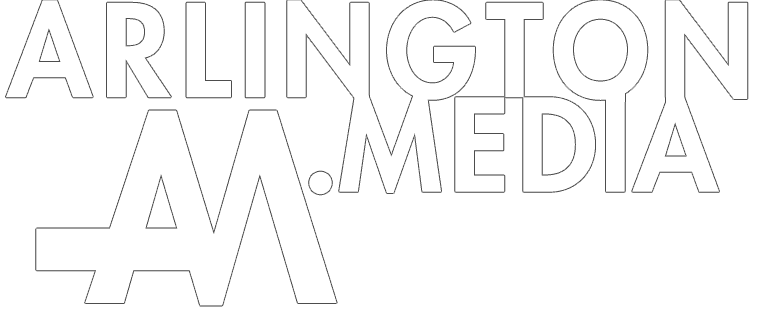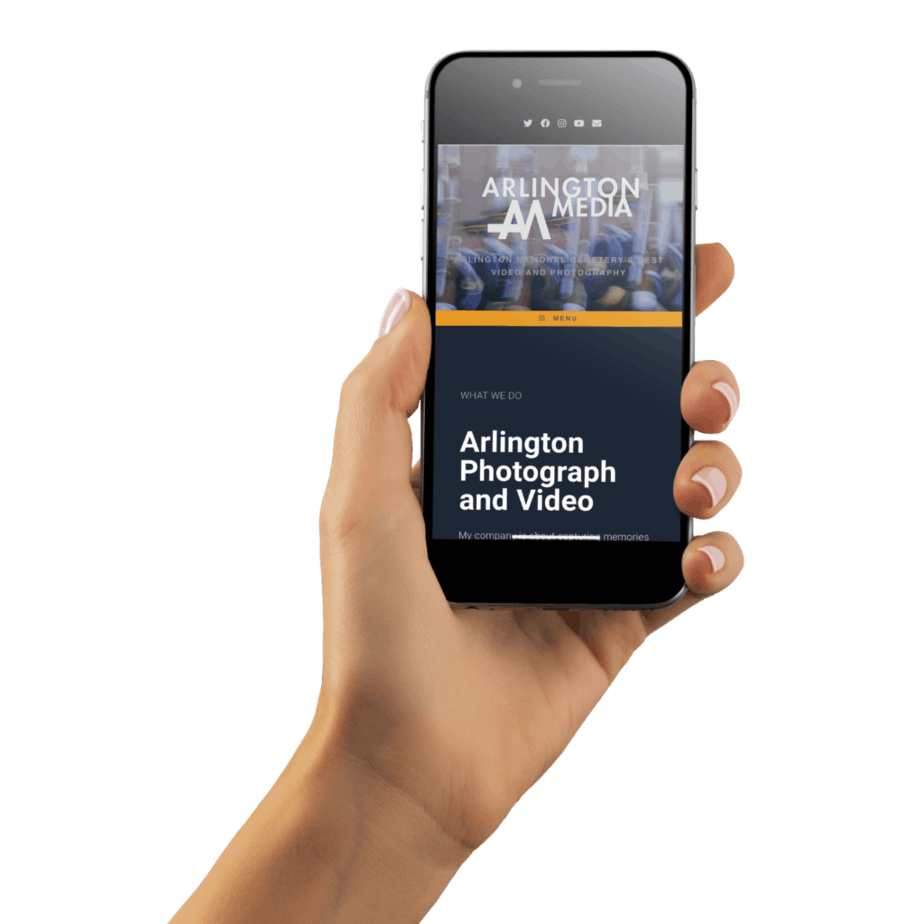The Honor Guard Company, 4th Battalion, 3d US Infantry Regiment executes Joint and Army ceremonies throughout the National Capital Region and Nation to maintain the traditions of the US Army, showcase the Army to our nation’s citizens and the world, and to defend the dignity and honor of our fallen comrades. On order, they deploy by air or land to pre-designated stateside locations in support of Joint Task Force Ceremony Forward to conduct Active Congressional and State Funeral operations. They also execute fixed site security in support of Joint Base Myer-Henderson Hall Force Protection Condition Delta contingency operations. We are honored to capture the Honor Guard in their operations and missions at Arlington National Cemetery every day.
[igp-video src="" poster="https://www.arlington.media/wp-content/uploads/2021/03/the-honor-guard-company-4th-battalion-3d-us-infantry-regiment-executes-joint-and-army-ceremonies-thr.jpg" size="large"]


